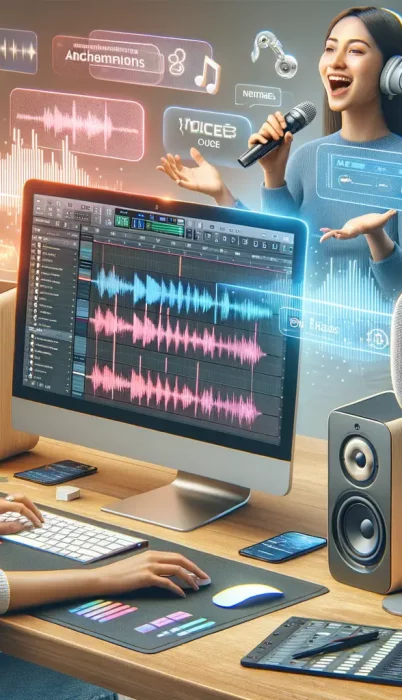Introduction to Voice Commands in Art Creation
Reimagining Creativity: Talking Your Way to Art
Imagine standing in your studio, brush in hand or tablet stylus at the ready, and instead of fiddling with menus, sliders, or tools, you simply *speak*. You whisper a command like, “Add a deeper blue to the horizon” or “Make that line bolder“, and—like magic—the software responds. Voice commands are no longer just science fiction; they’re reshaping how we approach art.
Voice control opens an entirely new dimension in artistic processes. For instance, ever found yourself immersed in sculpting or painting, only to break the flow fumbling with settings? With voice, you breeze through tedious adjustments:
- Switch between brushes or tools mid-project without missing a beat.
- Rotate, resize, or layer elements while keeping your hands focused on creating.
- Even search for reference images or color palettes without lifting a finger.
This isn’t about replacing creativity; it’s about empowering it. Like an assistant who knows your quirks, voice technology can anticipate what you need—the perfect shade, a precise angle, or that extra spark—and make it happen effortlessly.
Benefits of Using Voice Control in Creative Workflows
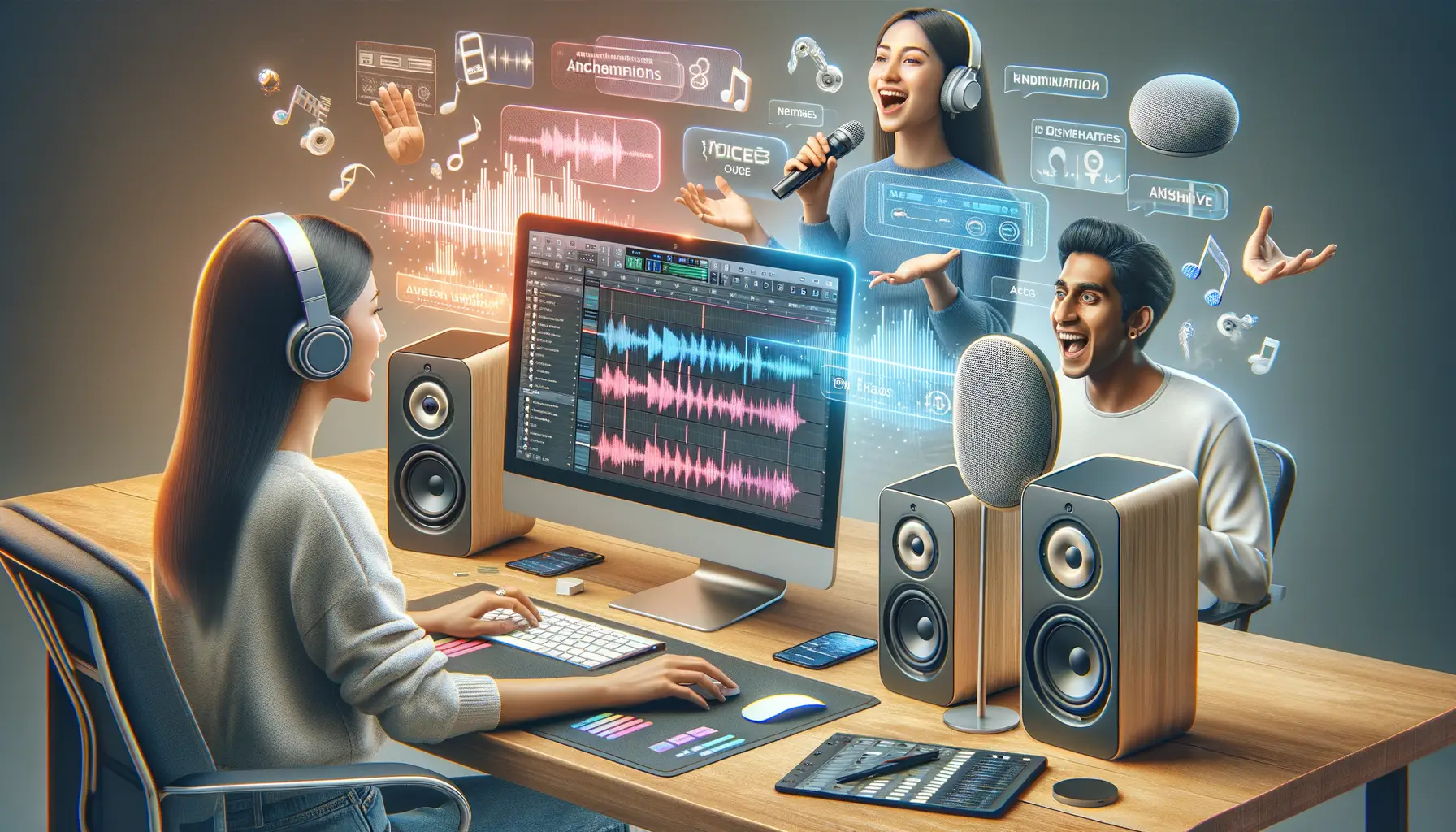
Transforming Creativity: Hands-Free and Unstoppable
Imagine this: your hands are layered in charcoal dust, mid-sketch, and an idea for a color shift hits you like lightning. Instead of dropping everything to tweak settings, you simply say, “Change brush to watercolor.” That’s the magic of voice control—it keeps you in *flow*, uninterrupted and fully immersed.
Using voice commands in your artistic process isn’t just convenient; it’s like having a personal studio assistant. You can:
- Adjust layers and tools in real-time without lifting a finger.
- Search for references online or switch music tracks while staying in the zone.
- Save work instantly with a quick command—no more losing hours to forgotten saves!
Boost Focus and Banish Creative Interruptions
Voice control shifts your workflow from clunky to seamless. Picture this: you’re crafting digital landscapes, deep in thought. A voice prompt lets you toggle between tools or resize canvases faster than you could click. No menus, no distractions—just pure creation.
By reducing repetitive actions, your brain stays focused on the art itself—not the software. It gives you something priceless: the freedom to dream big and execute even bigger.
Tools and Technologies for Voice-Enhanced Artistic Design
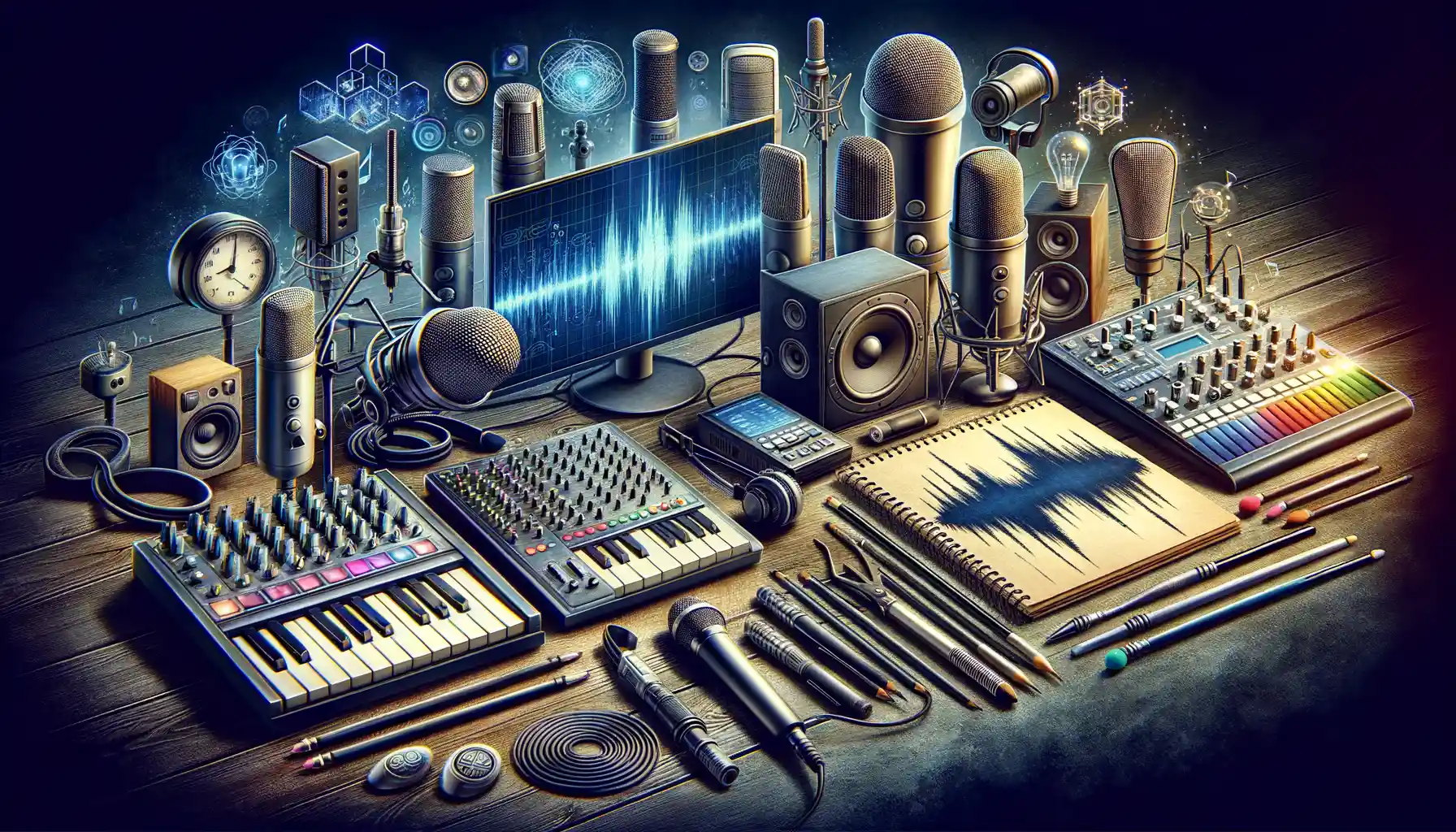
Reimagine Your Workflow: Tools Built for Voice-Activated Creativity
Picture this: your hands are buried in clay, deep in the process of sculpting, or perhaps you’re wielding a digital brush on a tablet. Suddenly, you want to tweak the lighting in your design software, but stopping feels like breaking the creative spell. This is where tools for voice-enhanced artistic design swoop in to save the day, weaving convenience into creativity.
From apps to smart devices, there’s an ever-growing treasury of technology that listens and responds. Consider tools like Adobe Photoshop with voice command plugins, letting you resize layers or switch tools without lifting a finger. Or take Google Assistant and pair it with platforms like Procreate by setting up customized voice shortcuts. Imagine saying, “Switch to eraser at 30% opacity,” and voilà – no clicks, just action.
- Siri Shortcuts: Ideal for iOS artists managing multiple apps in one voice-based flow.
- Voiceflow: A builder’s delight, allowing you to tailor multi-step voice commands for intricate tasks.
- Alexa Skills: Perfect for creating studio timers, reference searches, or even mood-setting playlists.
Let your hands create, and let your voice lead. These tools don’t just save time; they preserve the magic of uninterrupted artistry.
Step-by-Step Guide to Implementing Voice Commands
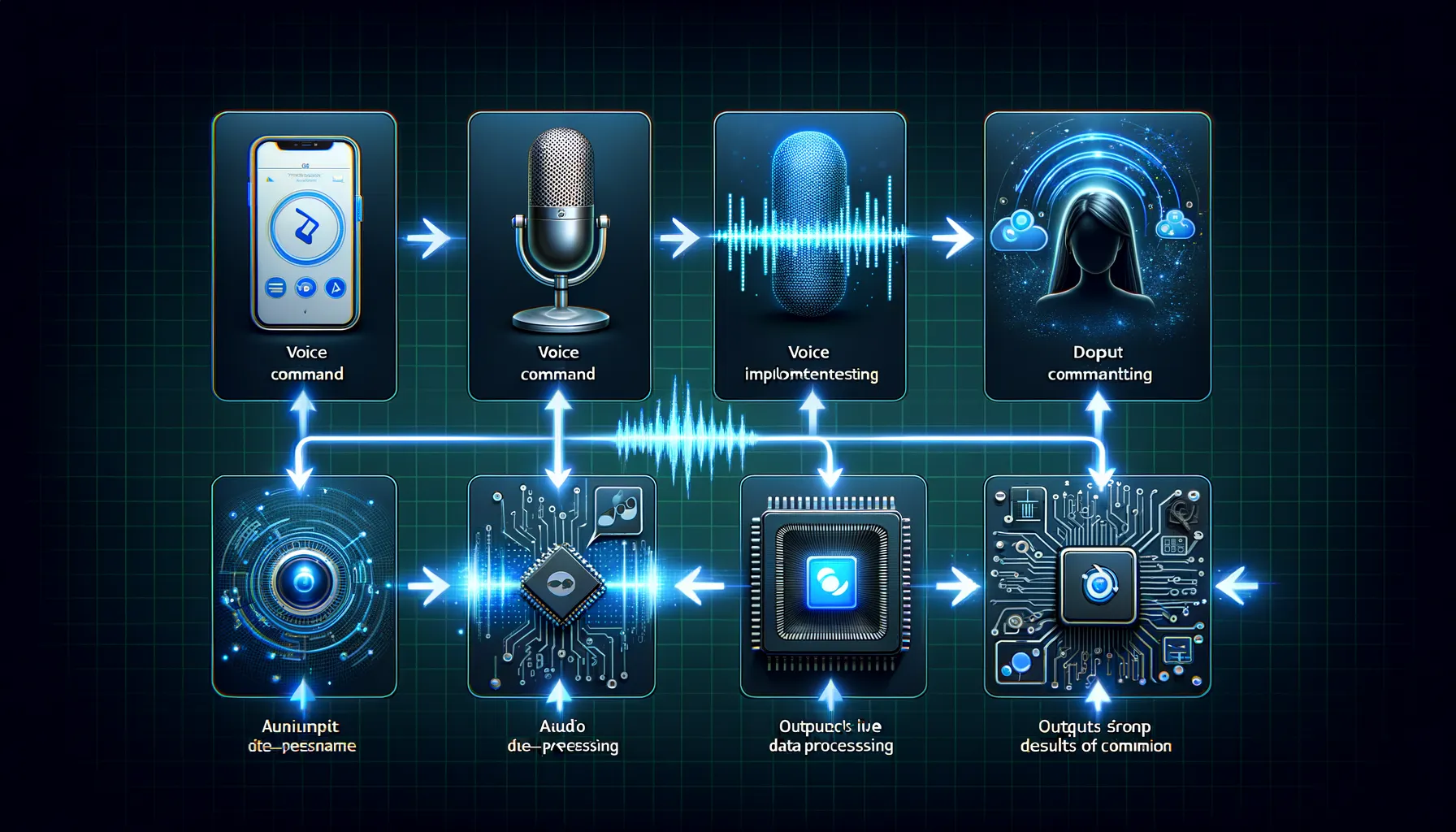
Getting Started with Voice Commands in Your Creative Process
Ready to unlock the magic of voice control in your art? Let’s dive into this step-by-step journey, no tech degree required—just your imagination and a sprinkle of curiosity. Picture this: you’re in the creative zone, hands smudged with charcoal or balancing a digital stylus, and your voice becomes the tool that bridges intent and execution.
- Set Up Your Gear: Start by ensuring your microphone is ready for action. Whether it’s built into your laptop or a sleek external mic, crisp audio input is your secret weapon.
- Choose Your Software: Not all apps are voice-command friendly, so explore options like Adobe Photoshop (yes, it supports voice shortcuts!) or tools like Dragon NaturallySpeaking for robust dictation features.
Tailoring Voice Commands to Your Workflow
Imagine saying “brush size up” while painting digitally, or “new layer” as your hands stay immersed in sculpting clay. To make voice commands seamless:
– Customize phrases for tools you use most (“zoom in”, anyone?). Simplify them; your voice doesn’t need a thesaurus mid-project!
– Test, tweak, and talk as if your software is an eager assistant—it really is.
With persistence, this setup becomes second nature. And here’s the beauty of it: your voice doesn’t just add function; it adds flow.
Future Trends and Innovations in Voice-Driven Artistry
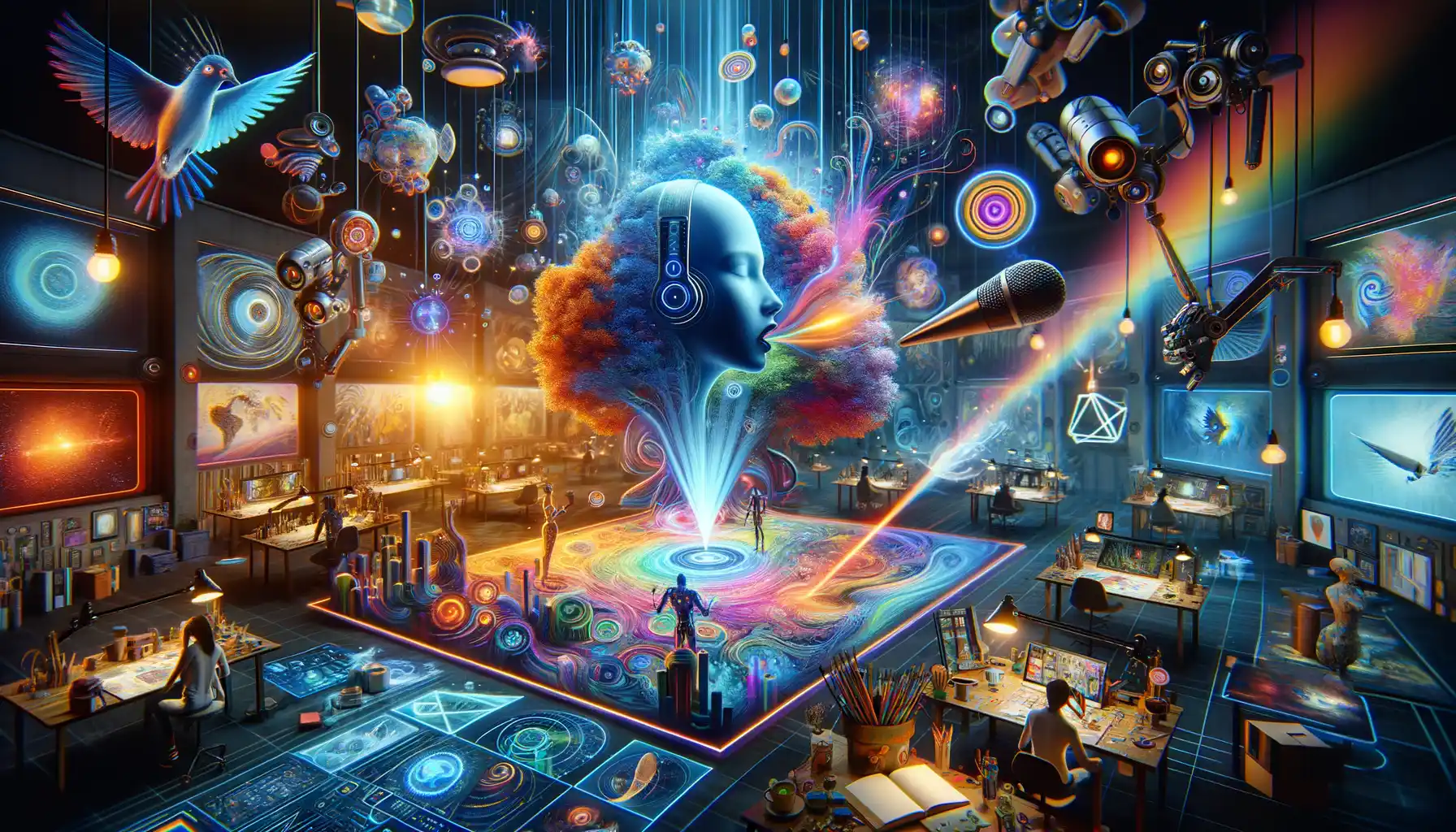
The Fusion of Creativity and Voice Technology
Imagine a world where your artistic muse doesn’t just sit quietly in the back of your mind but actively responds to your voice. That world? It’s already beginning to take shape. Future advancements in voice-driven artistry aim to push beyond generic command-based systems. Think real-time collaboration with AI tools that can “understand” the intent behind your words. Picture saying, “Give it more passion, more blues and purples!” and watching as your digital canvas transforms based on tone, emotion, and context. It’s like having an intuitive assistant who knows you better than you know yourself.
We’re talking about layering creativity with tools that recognize subtleties, from regional accents to emotions conveyed in speech. Imagine narrating a story to your computer, and it creates an interactive animation on the fly, adjusting scenes as your plot thickens.
- Wearable tech — glasses or bands — that track neural signals and sync seamlessly with verbal input.
- Fully immersive, spoken-word controls in virtual studios for painting, sculpting, or music production.
How AI Will Amplify Your Vision
The charm lies in integration. Platforms marrying voice algorithms with creative suites won’t just follow orders; they’ll challenge you. Imagine debating color palettes with your software: “This shade feels too cold,” you say. The AI suggests, “Try bold orange; it might balance the warmth.” These interactions transform AI into something more—a co-creator.
As predictive capabilities grow, we might see tools anticipating not only what you *say* but what you *need*. You whisper, “A modern twist on Monet,” and voilà! Your device offers brushstroke textures, color harmonies, and even atmospheric soundtracks. Suddenly, you’re not commanding a machine—you’re conducting a symphony of ideas. Instead of wrestling with tech, it’s an effortless conversation between you and art itself.
